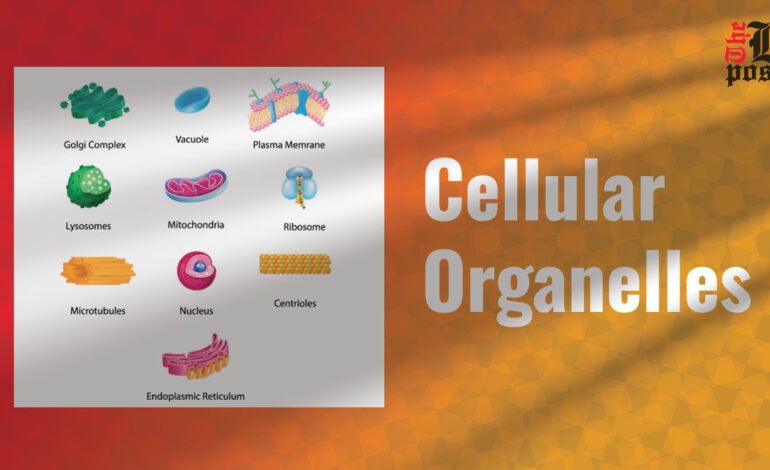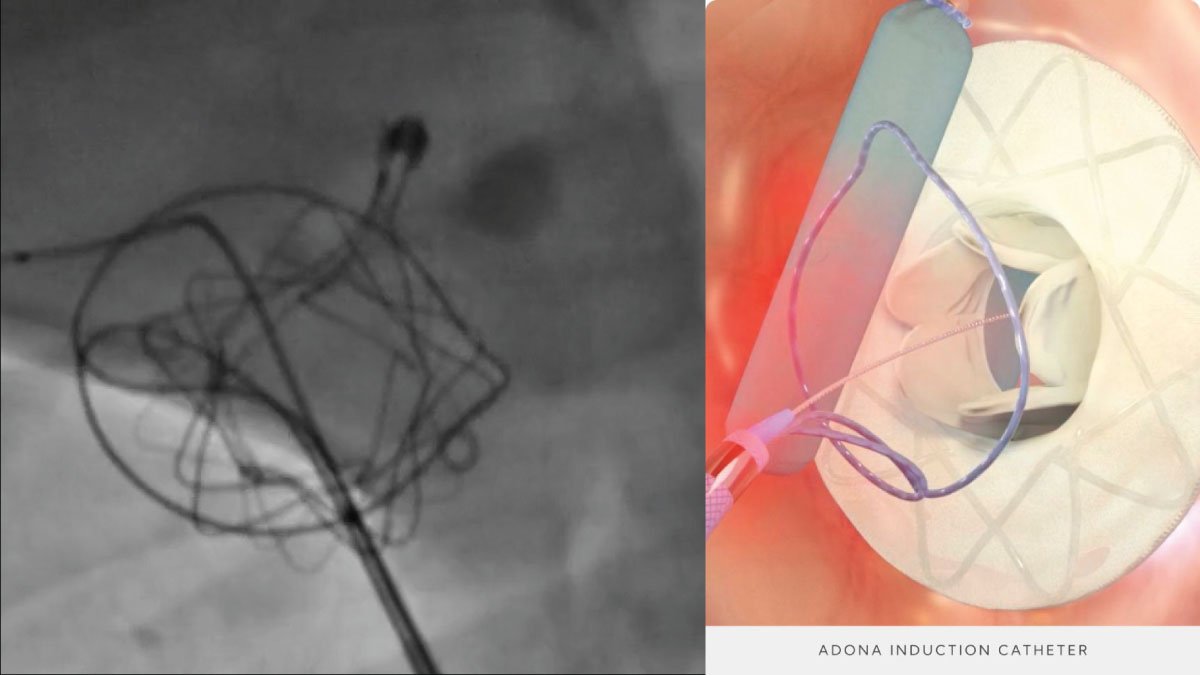Cellular Organelles Understanding Their Essential Functions

Cellular Organelles
Cells are the basic building blocks of all living organisms, and within these cells, various structures called organelles perform certain vital functions those are the cellular organelles.
Let’s explore some of the major cellular organelles and their roles.
- Nucleus: Often called the control center of the cell, it contains DNA, the genetic material that determines everything from cell growth to reproduction. It is surrounded by a nuclear envelope that protects the genetic material and regulates the flow of molecules in and out of the nucleus.
- Mitochondria: Mitochondria, known as the power house of cells, produce energy by converting nutrients into adenosine triphosphate (ATP) through cellular respiration. This energy is essential for all cellular functions.
- Ribosomes: These small structures are the sites of protein synthesis. Ribosomes read genetic instructions from RNA and assemble amino acids into proteins essential to cell structure and function.
- Endoplasmic Reticulum (ER): Endoplasmic Reticulum comes in two forms – rough and smooth. The rough ER is full of ribosomes and plays a central role in protein synthesis and folding. Smooth ER, on the other hand, is involved in lipid synthesis and detoxification processes.
- Golgi apparatus: Often compared to the post office, the Golgi apparatus modifies, sorts and packages proteins and lipids for transport to various parts of the cell or for secretion outside the cell.
- Lysosomes: These organelles act as the recycling center of the cell. They contain enzymes that break down waste materials, cellular debris, and even foreign invaders like bacteria.
- Chloroplasts: found only in plant cells and some algae. Chloroplasts are the sites of photosynthesis. They capture sunlight and convert it into chemical energy, produce oxygen and glucose, which are food for the plant.
- Vacuoles: Vacuoles are storage organelles. In plant cells, a large central vacuole maintains the turgidity of the cell wall, which helps maintain the structure of the plant. In animal cells, smaller vacuoles store nutrients and waste products.
- Cytoskeleton: This network of fibers provides structural support to the cell, aids in cell movement, and helps transport materials within the cell. It consists of microtubules, actin filaments and intermediate filaments.
- Cell Membrane: This flexible barrier surrounds the cell and controls the movement of substances in and out of the cell. It consists of a phospholipid bilayer embedded in proteins, making it selectively permeable.
- Peroxisomes: These tiny organelles contain enzymes that break down fatty acids and remove toxic harmful substances and protect the cell from oxidative damage.
- Centrosomes and centrioles: Structures found in animal cells play a key role in cell division by organizing microtubules that separate chromosomes during mitosis.
- Cilia and Flagella: These hair-like structures extend from the surface of some cells and are involved in movement. Cilia transport fluid across the cell surface, while flagella helps transport the cells through their environment.
- Cell wall: The cell wall of plant cells provides additional support and protection. It is made of cellulose and helps maintain the shape of the cell.
Conclusion:
Understanding the functions of cell organelles is essential to understanding how cells function and survive. Each organelle has a specific role that contributes to the overall function and health of the cell. By studying these microscopic structures, we gain insight into the complex and efficient nature of biological systems.




















